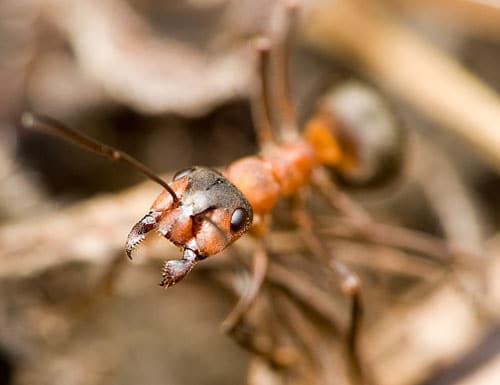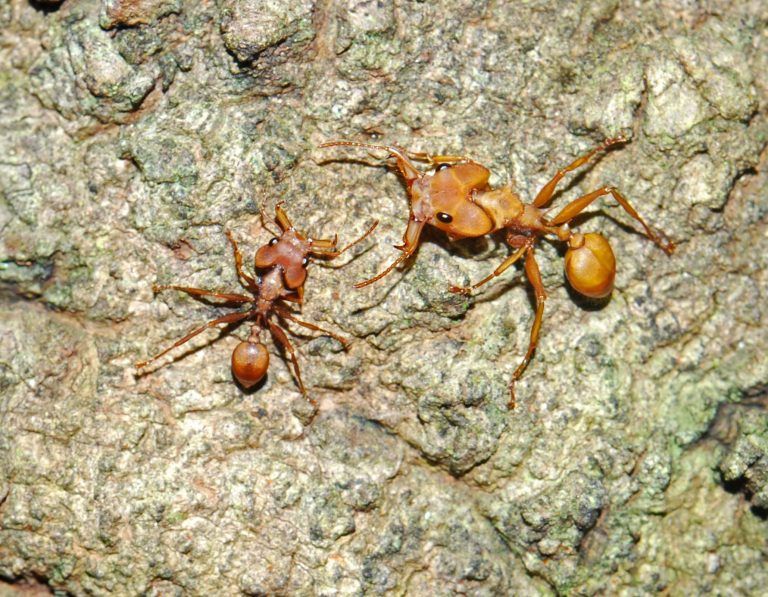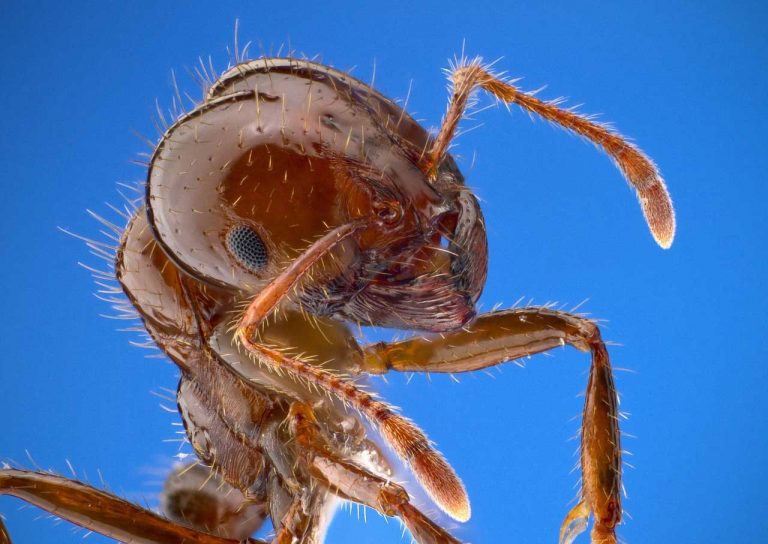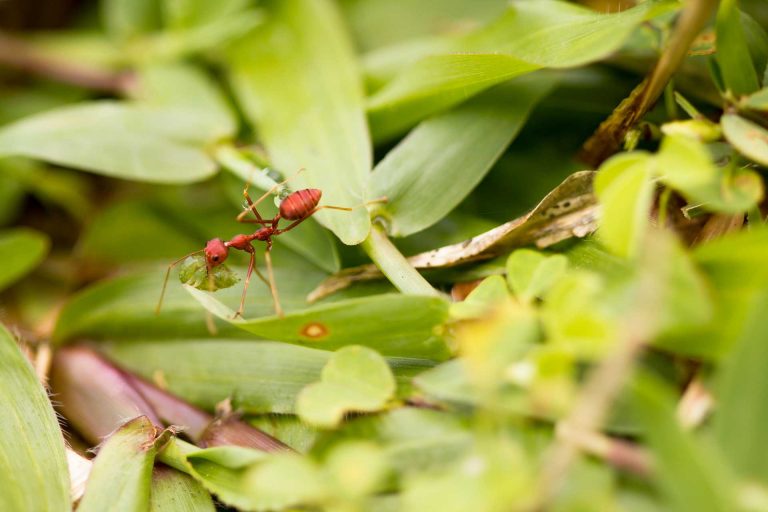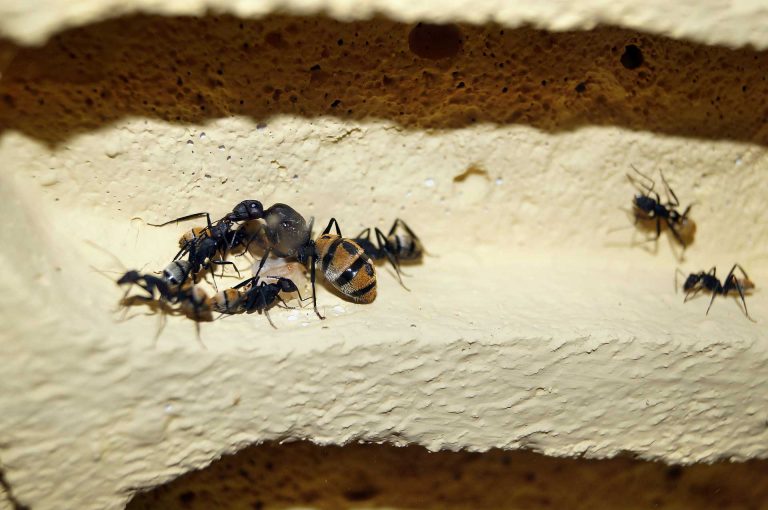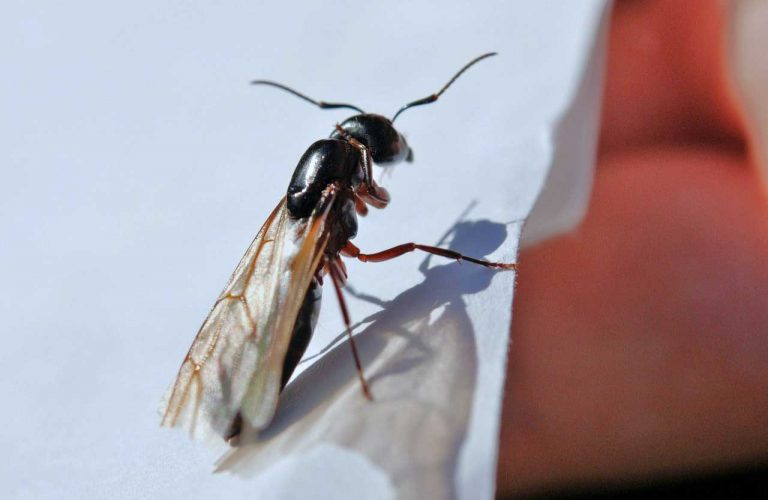Ant Life Cycle
Do you want to discover some significant details about the ant life cycle? Ants are fascinating creatures in many aspects, from the egg stage to adulthood. According to National Geographic, there are more than 10,000 different species of ants. Believe it or not, they can make up to half of all the insects present in some tropical woods, where they are particularly common!
Keep reading this article to learn more about the ant life cycle and other characteristics of these interesting insects.
The Ant Life Cycle
Ants change during their four life stages – egg, larval, pupae, and adult – just like most other insects do. From beginning to end, the process may take up to 60 days. If you come across the need for ant infestation or just want to study this insect, knowing the ant life cycle may help you.
Egg Stage
The ant life cycle begins inside a small, white, sparkling egg. Unfertilized eggs produce male ants, whereas fertilized eggs produce females. Interestingly, an army ant may lay up to 300,000 eggs in a single day, and a queen leafcutter ant can spawn over 150 million workers in her lifetime.
After depositing the first eggs in her brand-new nest, the queen tends to them first. She relies on her wing muscles and fat stores for food during this period. They take up the responsibility of caring for the eggs and larvae after the first adults appear.
The ant eggs are small, oval-shaped, white, translucent, and just 1 mm long and 0.5 mm in diameter. The lone exception is the larger-than-average eggs from which a new queen will emerge. However, not every egg has the opportunity to progress to the next stage and go through a transformation. Some do not grow and end up as food for the larvae and the queen.
Fertilized and unfertilized eggs can be distinguished as two types of deposited eggs. Due to the nature of these insects, fertilized eggs result in the development of female ants, while unfertilized eggs result in the development of male ants.
Larvae Stage
The next stage of the ant life cycle starts after seven to fourteen days when the eggs hatch into larvae. They are also translucent, worm-like creatures without eyes or legs. At this moment, the future ants start feasting on the food and digestive fluids that the adult ants have just regurgitated.
They require a steady supply of food during this period, which causes their growth to be fast. Future queen ants receive more food than the other ants, who will develop into colony workers or male ants. The larvae shed their skin regularly, and with each molt, new hairs grow on them, some of which are hooked.
Pupae stage
The pupae stage is almost the final stage of the ant life cycle; the larva pupates after reaching a specific development stage and wrapping itself in what looks like silk. All these things happen after about a month. This stage of the ant’s life cycle is when it transforms into its adult form. Additionally, following the growth spike during the larval phase, there is time for rest and reorganization.
Pupas start off being white, have a waxy exterior, and eventually darken. The ant’s antennae and legs, which are curled inward against its body, are starting to develop at this stage. Some species’ pupae create a cocoon as a kind of defense, while others stay exposed or naked.
Some ant species are exceptions to this rule; for instance, Lasius niger does not change into pupas.
Adult Stage
Now it’s time to complete the ant life cycle. It can take anywhere between 6 and 10 weeks from the time the queen lays the eggs to the point at which the ant is fully grown. The pupae produce very pale, weak, and fragile young ants. But it just takes a few hours for their exoskeletons to solidify, making them tougher and changing the way they look by becoming darker. Ants come in a variety of colors, including black, red, and brown.
The adult ants have six legs, a body divided into the head, thorax, and abdomen, and six antennae. They have two antennae, which serve as sensory organs, and mouthparts on their heads for digging and feeding. The ants’ sense of touch and smell depends on their antennae.
Worker ants identify friends and foes, create territorial borders, and direct other ants to food sources using their sense of smell. The ants start their next phase of the ant life cycle as worker ants after their final transformation. In addition, three castes turn up in the final stage of the ant life cycle: male, workers or drones, and queen.
Queen
Now let’s discuss the final stage of the ant life cycle. Queens are special ants, and there can’t be a colony without them. There are at least one or more queens in every ant colony. Moreover, in some colonies, there may be two or more species, such as the Argentine ant.
A queen, who is much larger than her fellow bees, lays eggs that develop into young queens that may fly out of the nest to mate since queens are the only females able to reproduce. A new queen finds a place to nest, lays eggs, feeds, and cares for the hatchlings. New adult workers start to appear in a few weeks, at which point the colony is fully functional.
Queens are females who receive more nutrition as larvae. They are bigger than the workers and lay every egg in a colony, often millions of them! The wings that queens have when they first begin to search for a mate are torn off before they establish a new colony. Under the correct circumstances, a queen can survive for many years.
Drones
It can be said that drones are the simplest part of an ant colony. The only purpose of fertile, wingless male drones is to infect infertile queens. That’s why it’s one of the most important stages of the ant life cycle. When the deed is finished, it’s game over for the male ant, who typically passes away within a few weeks.
Workers
The multitasking workers are all sterile females. They are the most prevalent caste in the colony and carry out crucial tasks such as searching for food, digging tunnels, storing food, and caring for the larvae. The lifespan of workers and warriors can reach seven years.
Female workers were fed less while they were larvae. They don’t reproduce but instead take care of the brood, construct and maintain the nests, and gather food. The average worker has no wings and can live for several months.
The Lifespan of an Ant
Believe it or not, an ant’s life span can range from a few weeks to 15 years on average. That is contingent upon the species, the function the ant serves, and the accessibility of food sources. For instance, whereas fire ant workers are predicted to survive for less than a month, black garden ants can live for approximately two decades. However, the queen is the strongest of all. It’s thought that some queens live for 28 years.
Starting a New Ant Colony
Finding a new colony and bringing it to life is the hardest task for any ant queen. She is the only one of all the females who can lay eggs. The workers also play a big part in the hierarchy of the colony by protecting the colony, providing food, and caring for the mother queen and her brand-new eggs.
When a queen reaches the adult stage, she leaves her nest at specific times of the year to look for male ants to mate with, often in the late spring or early summer. When a queen successfully mats and locates a location to call home, she excavates a new chamber underground or in a tree where she will lay her first eggs in the hopes of starting a thriving colony.
And did you know that some species’ queens can produce millions of eggs?
How Can You Get Rid Of Ants?
Ant life cycle is pretty much similar to that of other insects, and even though they look harmless, their colonies can cause major damage to your house. These insects serve as an excellent illustration of how intricate nature can be and how even the tiniest animals must abide by certain rules.
Merely eliminating the ants you can see will only encourage additional ants to enter your house by following the pheromone trails they leave behind. The queen ant, as well as the eggs, larva, and pupa that are housed in the ant nest, must be eliminated instead.
The colony will be wiped out if worker ants bring poisoned bait back to the nest and feed it to the queen, as well as to every larva and pupa within.
Final Words
These amazing creatures are very diverse and have complex lifestyles. As a matter of fact, the ant life cycle has similar stages to other insects, like bees, but they still have unique characteristics that make them different from all the other insects.
Even though they are considered safe creatures, they still might bite and cause some allergic reactions. So, try to avoid interacting with them or their colony and take relevant measurements if they decide to invade your house or any other property.

Nato is a content writer and researcher with a background in psychology who’s eager to explore the wonders of nature. As a travel enthusiast and animal lover, she hopes to inspire others to discover and cherish the beauty and importance of the natural world.


